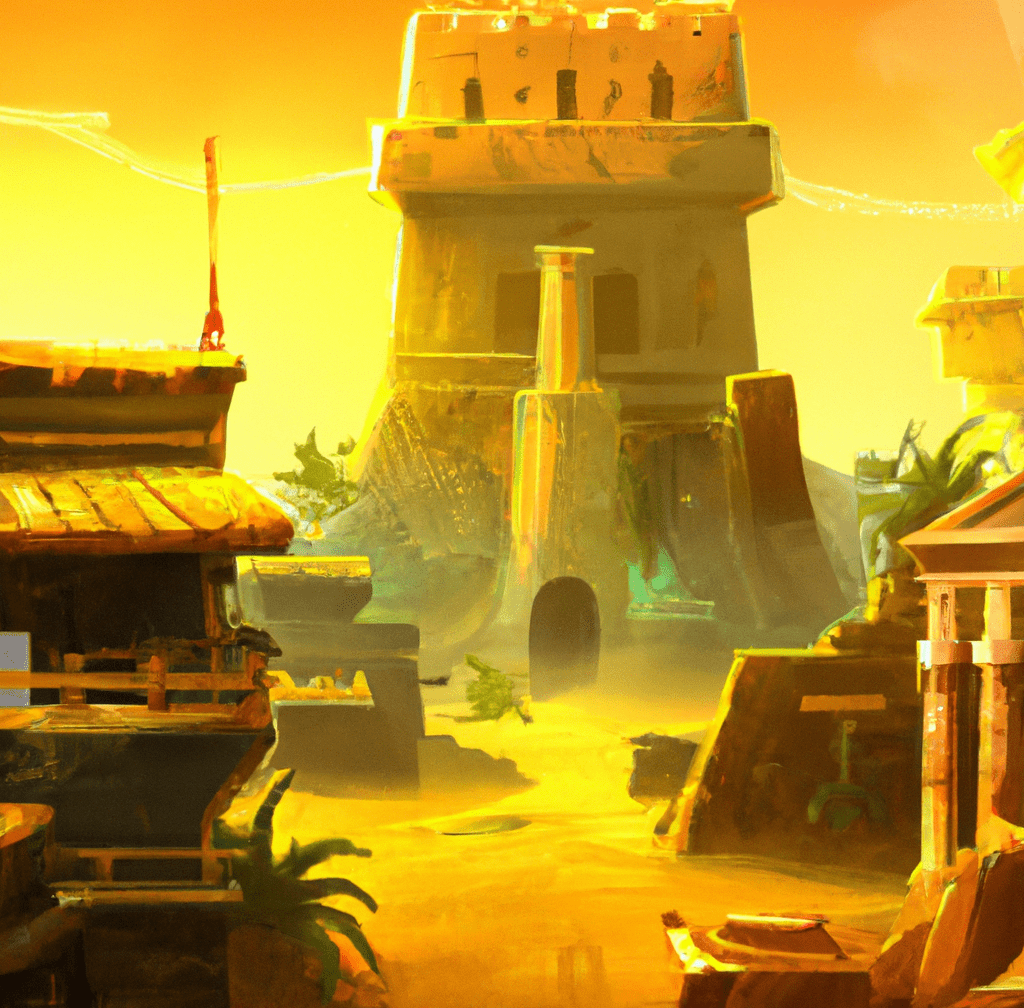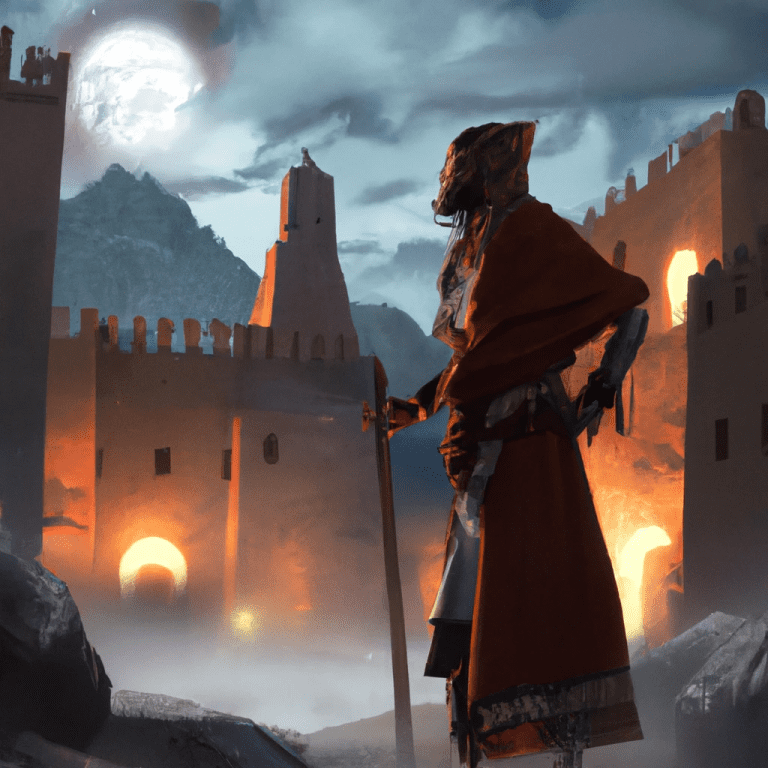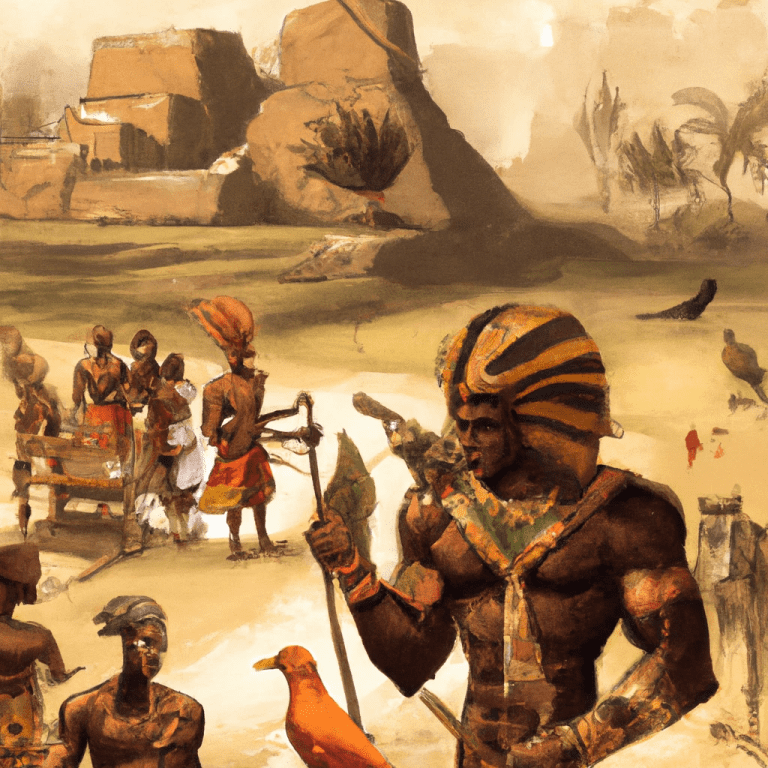Great Zimbabwe, active between the 11th and 15th centuries, was the heart of a vast trading empire in southeastern Africa. Known for its iconic stone ruins, particularly the Great Enclosure and Hill Complex, it’s a symbol of African architectural achievement and political prowess.
Origins of Great Zimbabwe
The origins of Great Zimbabwe are full of unsolved mysteries which has led many historians to develop theories and speculation on who built the city and why. Some historians believe this great city was built by ancestors of the Shona people who are the dominant ethnic group in the area today. Other historians believe it was built by seafaring civilisations such as the Phoenicians or the Arabs and some will go as far as suggesting a lost civilisation. Arab traders were the first to have written records of Great Zimbabwe during the early 15th century and they referred to this city as “Gukurahundi” or “Goromonzi” which meant stone houses.
Construction of the city began in the 11th century but there is evidence that people lived in this region in the 9th century. Historians concluded the builders of Great Zimbabwe were skilled stone masons and architects and used a dry-stone construction method to build the city’s spectacular structures and the wall that surrounds it, also known as the Great Enclosure.
Here’s a fun fact for you, the dry-stone construction method used to build the city did not use any mortar to hold the stones together. The highly skilled stone masons and architects relied on the perfect placement of the stones to keep the structures of Great Zimbabwe stable. They even used this technique to build the largest ancient structure in southern Africa which is… you probably guessed it, the great enclosure.
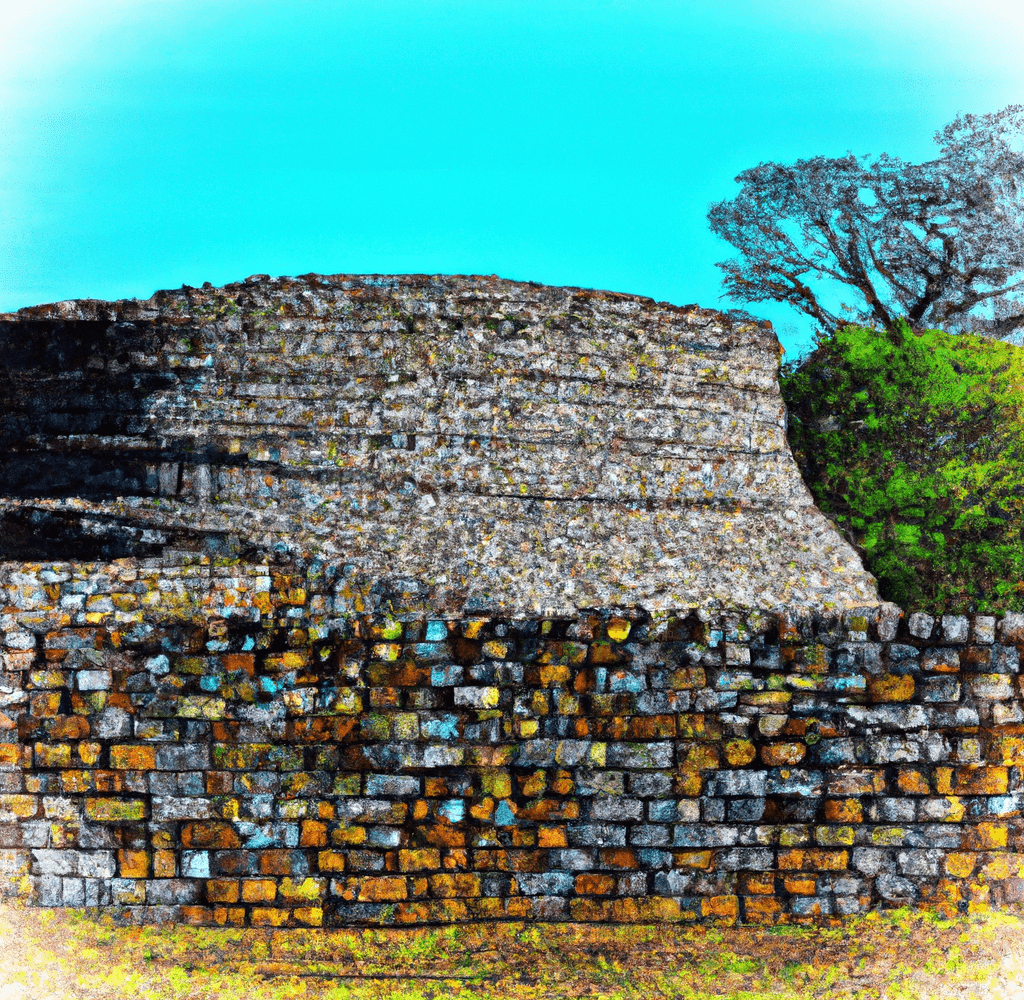
Economics, Society and Politics
Great Zimbabwe was divided into three key areas: The Hill Complex which was the oldest area of the city and this was where the royal palace was based. The Great Enclosure was the largest and had the most remarkable structures and this was used for religious and political ceremonies. Last, but not least, we have the Valley complex which was the industrial and residential area of the city.
The city was very wealthy because it was at the crossroads of various important trade routes, making it an ideal location for merchants to buy and sell goods. Because of this, many historians believe that Great Zimbabwe was the hub for trading valuable goods such as gold and ivory. The city even had gold mines which were controlled by the king and his court.
By the 14th century, Great Zimbabwe was under the rule of a powerful leader known as Munhumutapa. Great Zimbabwe reached its peak as the borders of this kingdom expanded to large areas of Southern Africa. Because of this, the kingdom became the centre of political, economic and cultural power. Munhumutapa ensured that he controlled all the gold mines in the region and the kingdom became, even more, wealthier by trading gold and other valuable goods. The kingdom attracted envoys and merchants from around the globe, stretching as far as India and China.
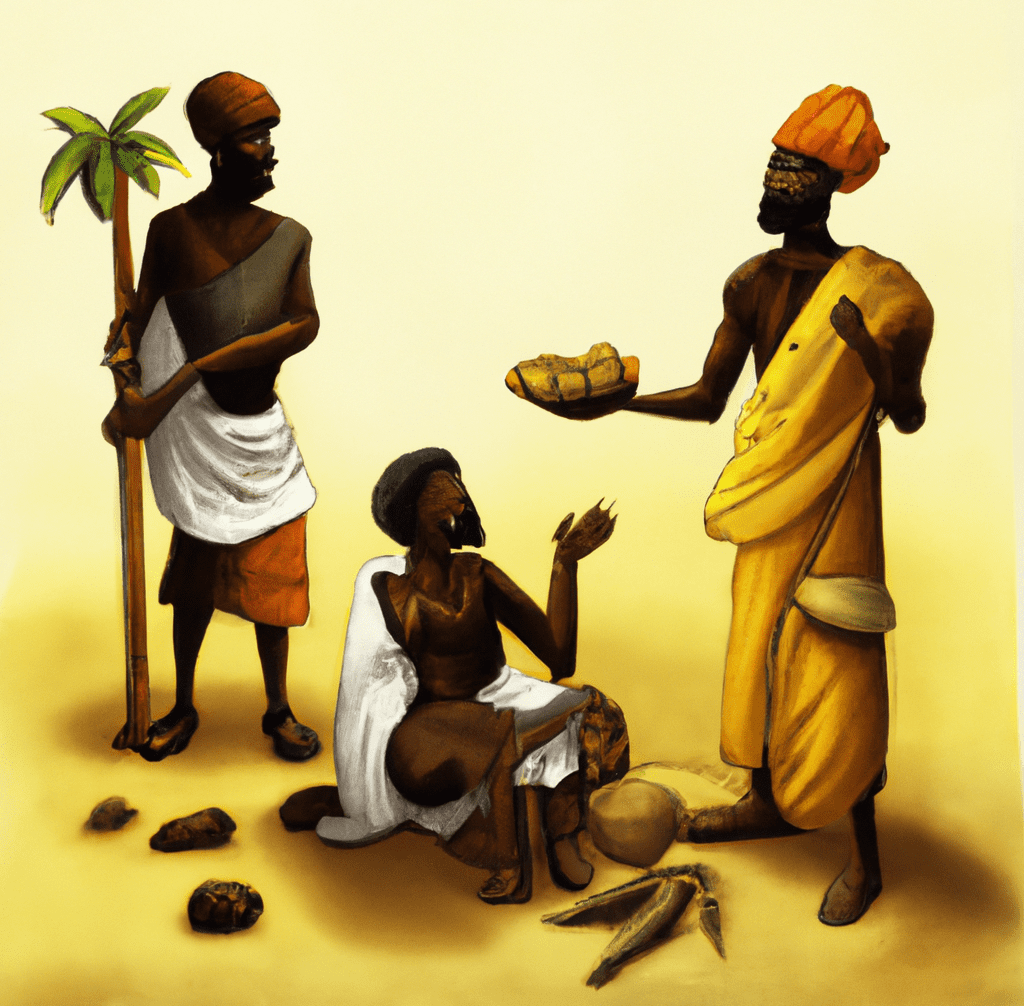
The Decline of Great Zimbabwe
The kingdom began to decline in the 15th century and the reasons for the decline are not crystal clear. There are a few theories that could explain the decline such as overpopulation, conflicts with neighbouring kingdoms and environmental degradation. Could be a combination of these potential causes of the decline. Historians also believe the arrival of the Portuguese could have influenced the decline of Great Zimbabwe. The Portuguese established trade relations and brought new technologies to the region. The economy of the kingdom shifted to agriculture, therefore either reducing the gold trade or halting it entirely. However, despite the decline, the kingdom still had a strong influence on culture and religion and people still lived there until the late 16th century.

Discovery of Great Zimbabwe
European explorers and archaeologists took an interest in Great Zimbabwe in the 19th century. In 1871, a German explorer, Karl Mauch was the first person to discover the ruins of the kingdom. In 1905, a British archaeologist, David Randall-Maclver discovered the ruins. Both David and Karl were sceptical about the authenticity of the ruins, however, the early explorers eventually concluded that they were indeed ruins of an ancient African civilisation.
Unfortunately, the early explorers had racist and colonialist views which led them to dismiss the idea that Great Zimbabwe was built by indigenous Africans. Because of their views, they believed the kingdom was built by other civilisations such as the Phoenicians or Arabs. This mindset was used to justify the exploitation and colonisation of African nations by European powers.
Thanks to modern archaeological research and scientific dating techniques, scholars such as Neville Alexander and Thomas Huffman established the true history of Great Zimbabwe. The city was built by indigenous African people, therefore debunking myths and misconceptions about the origins and inhabitants of this ancient African kingdom.

Great Zimbabwe today
The ruins of Great Zimbabwe are a UNESCO World Heritage Site, making it a major tourist attraction. The site holds great cultural and historical significance to the Zimbabweans, making it an important symbol of the country’s history and identity. The government has promoted the ruins of Great Zimbabwe as a national symbol, protecting it from looting and vandalism.
Great Zimbabwe is one of the most intriguing ancient sites in Africa. The ruins of this ancient kingdom are an important reminder of the rich history and cultural heritage of the continent of Africa. It is evidence of the immense achievements of a sophisticated and powerful civilisation that thrived in Southern Africa before the Europeans arrived. Despite being extensively studied by numerous archaeologists, explorers and historians, there are still many unanswered questions concerning Great Zimbabwe and its inhabitants.
To conclude, Great Zimbabwe was an ancient city in Southern Africa which was the centre of a powerful kingdom that thrived from the 11th to the 15th centuries CE. The city was one of the most impressive architectural achievements in pre-colonial Africa because it was built entirely out of stone and was perfectly held together without the use of mortar. Great Zimbabwe was a hub for trade and commerce in the region, trading mainly gold and ivory. By the 14th century, the kingdom reached its peak and extended its borders across a large area in Southern Africa. By the 15th century, the kingdom began to decline due to various potential reasons such as overpopulation, environmental degradation, conflicts with neighbouring kingdoms and the arrival of the Portuguese. The city was still an important centre for religion and culture and was still inhabited up until the 16th century, despite the decline. The ruins of Great Zimbabwe are now a UNESCO World Heritage site, making it one of the greatest tourist attractions in Zimbabwe and Africa. The site and history of Great Zimbabwe hold great cultural and historical significance to the Zimbabweans.
Related Posts
Sources
“Great Zimbabwe.” National Geographic Education. Accessed December 24, 2022. https://education.nationalgeographic.org/resource/great-zimbabwe/.
“Great Zimbabwe.” In Encyclopaedia Britannica. Accessed January 10, 2023. https://www.britannica.com/place/Great-Zimbabwe.
“Great Zimbabwe: The African Iron Age Capital.” The Metropolitan Museum of Art, Heilbrunn Timeline of Art History. Accessed January 20, 2023. https://www.metmuseum.org/toah/hd/zimb/hd_zimb.htm.


